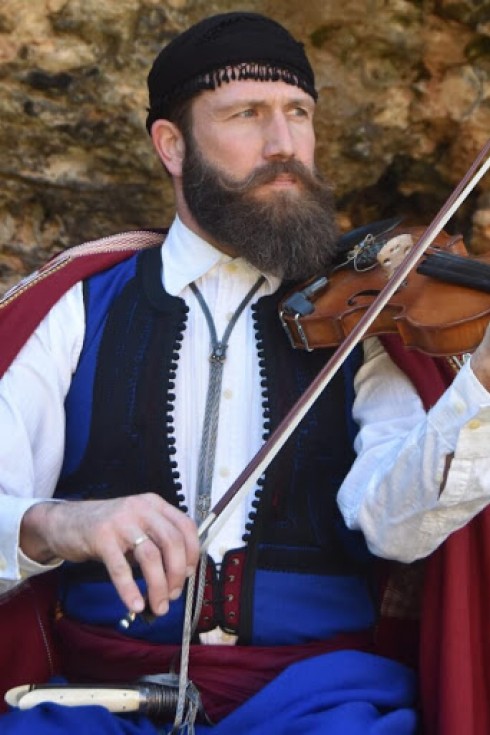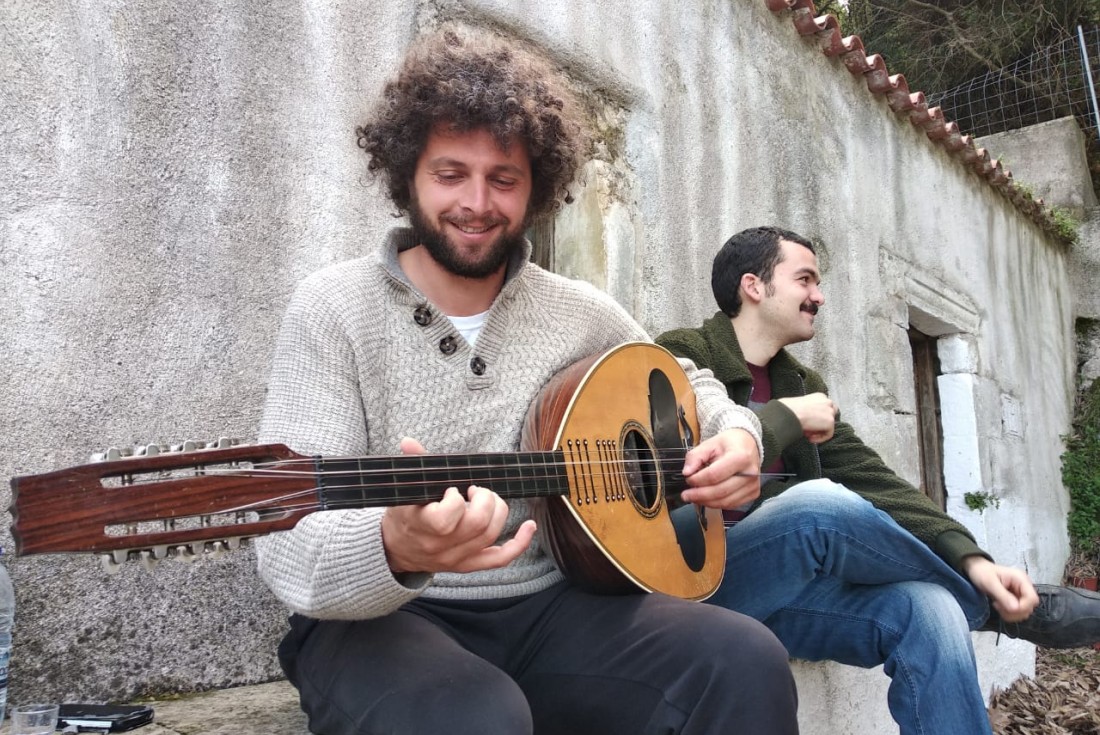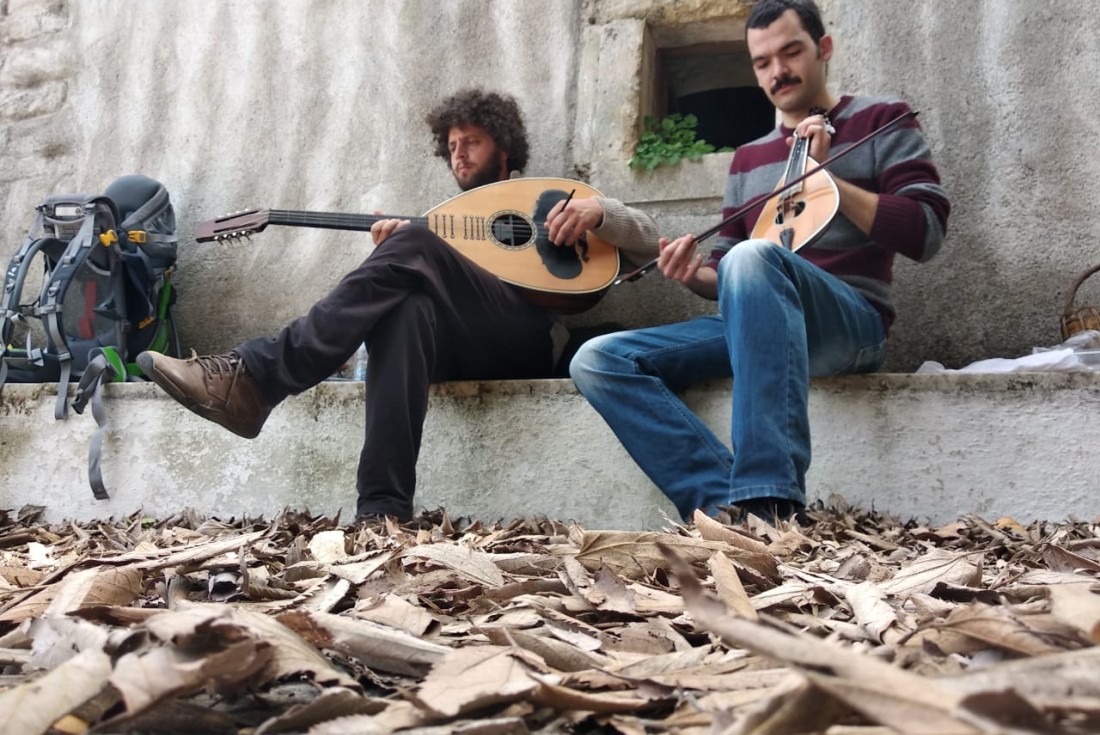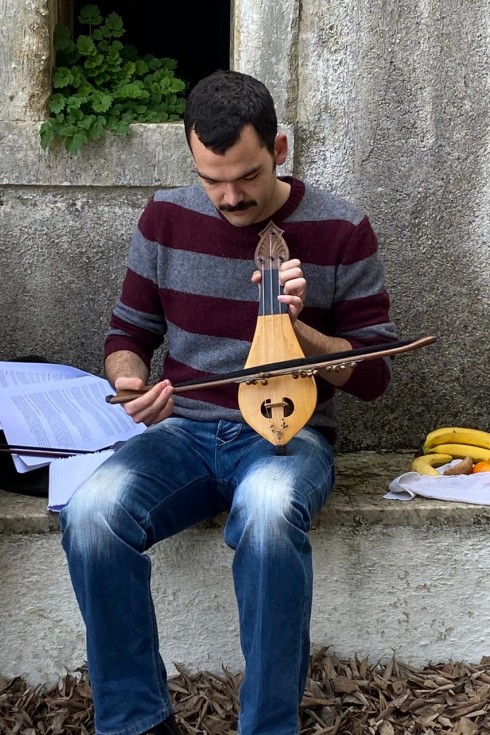Traditional Cretan Music - Part 1
Photo Gallery"Thiampioli"
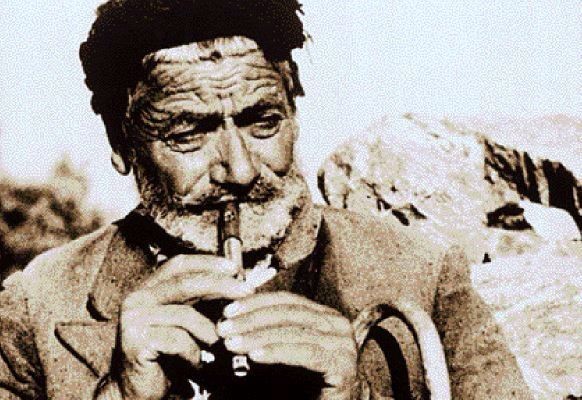
There are two types of pipes in Crete. One has a mouthpiece on the side, like the beaked flute, and the other a single reed, like the clarinet. The names given to each type are many, depending on the region, and markedly different from those of the rest of Greece. The first sounds like: hambioli, thiabioli, fthiabioli, babioli, sfyrohabioulo, pirohabiolo and glossochaboulo. For the instrument with reed, Cretans use the names mandoura, bandoura or pandoura. As evidence from Cretan literature shows, the terms fthiabioli, mandoura and pandoura have been known in Crete since the late 16th century.
"Askom(p)antoura"
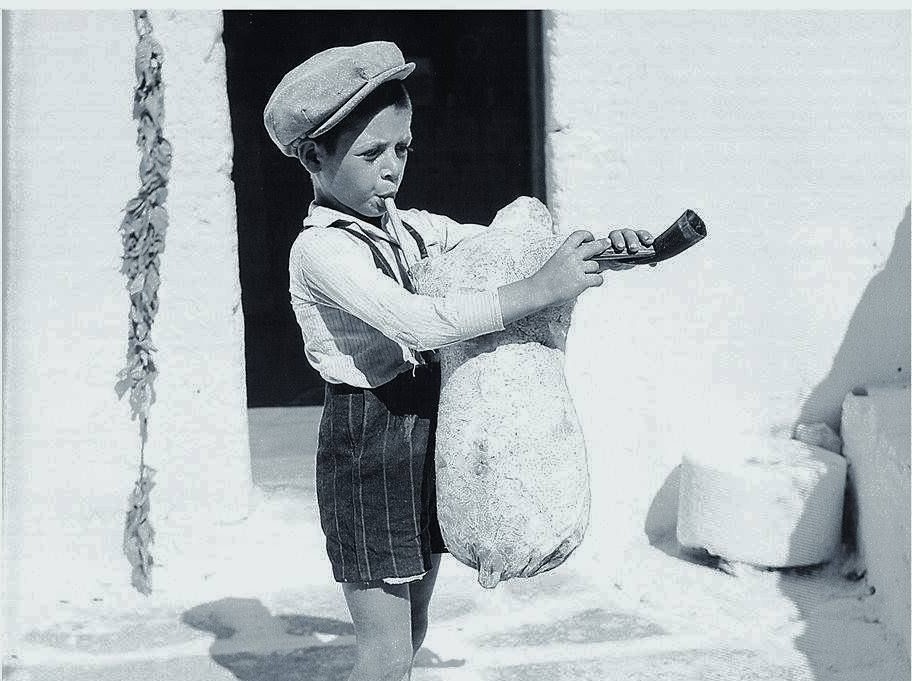
Ascom(p)antura or flaskom(p)antura is called in Crete the well-known in all the islands of the Aegean "tsambouna", which is one of the two types of bagpipe that we find in Greece. Its use in Crete is illustrated from the middle of the 15th century.
"Laouto" (left)
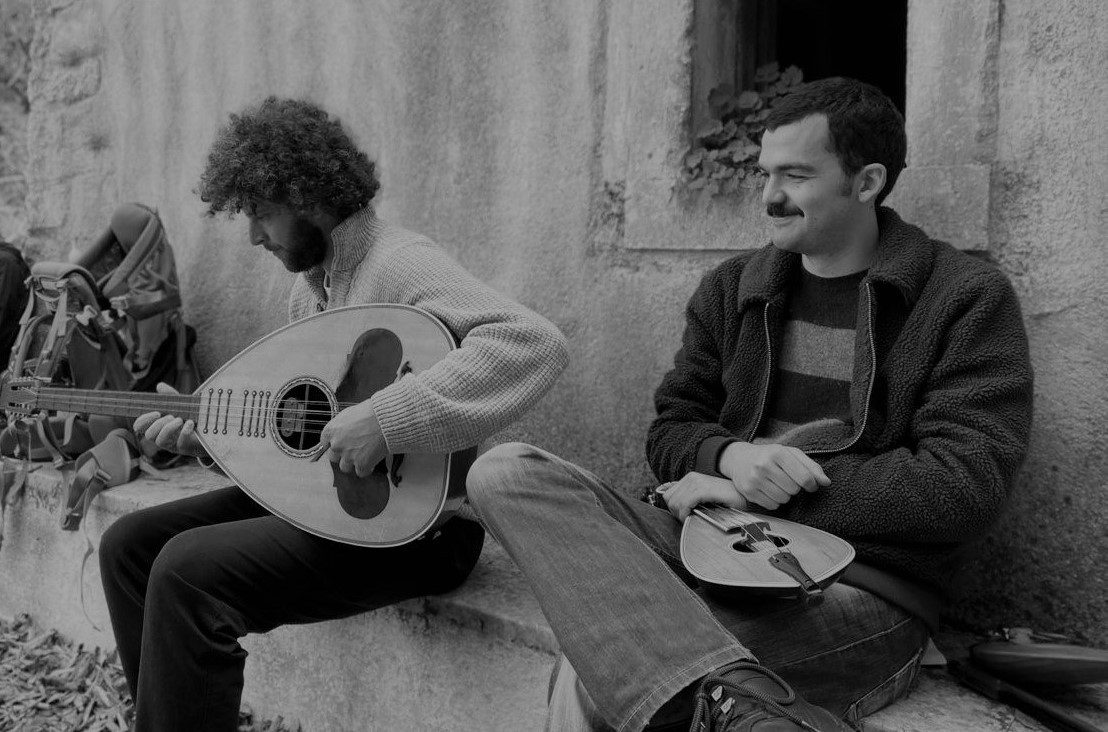
The presence of lute in Cretan Music, among the musical instruments used, is pointed out from the end of the 16th century in many sources; literary, archival, museum (embroidery), etc. Nevertheless, by the first quarter of the 20th century, the use of lute had been limited to the prefecture of Chania.
In recent decades, lute has spread throughout Crete, while changing size, tuning and role, limited to rhythmic accompaniment. However, in Chania, the lute has been played and played just like it did centuries ago, therefore, it does not just keep the rhythm and does not play the role of an accompanying instrument, but also creates the melody alone or with the violin or lyre, as if it continues, we would say, the old tradition of the medieval or renaissance lute, which was a solo instrument.
The melodic sound of the Cretan lute can be enjoyed in a traditional village just outside of Rethymno, on a hiking tour that will guide you through the tradition of Cretan music, while enjoying a beautiful trail.
Cretan "Violin"
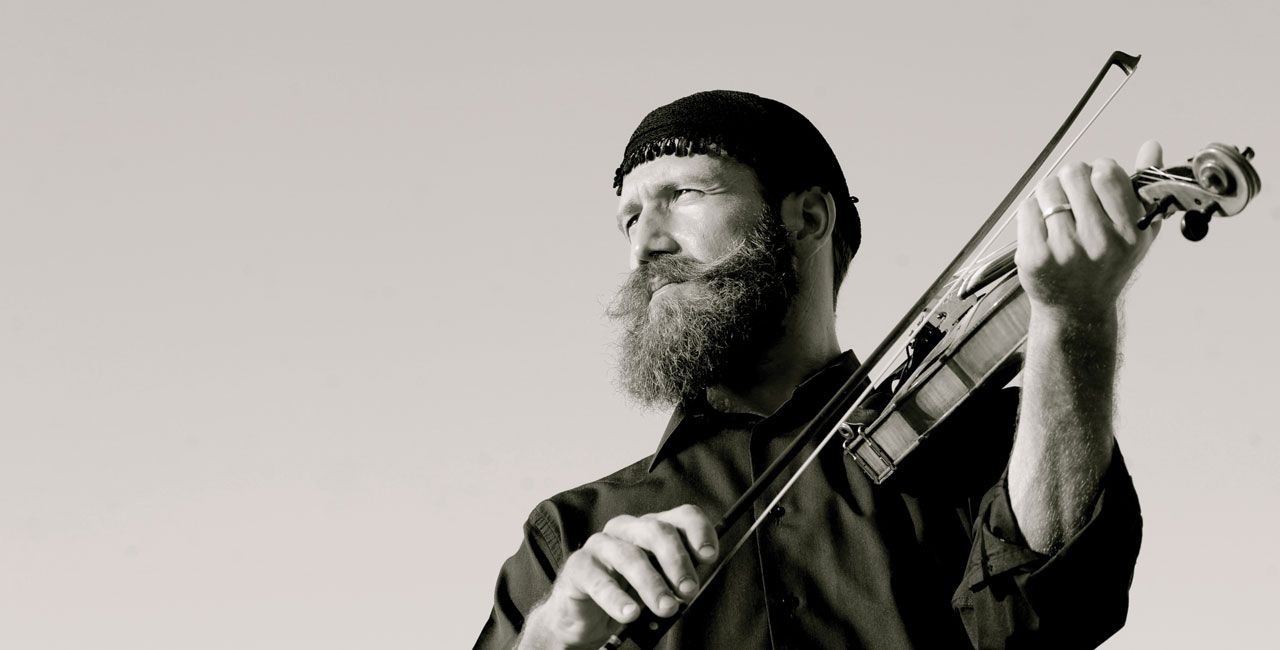
By contrast to laouto, the Cretan violin remained the most popular instrument in most areas of the prefectures of Chania, Lassithi and Heraklion until the 1960s. The oldest known folk violinist in Crete is considered to be Stefanos Triantaphyllakis or Kioros (1715-1800) from Lousakies, Kissamos, Chania, who inspired or shaped the music of the pentozali, as well as several rythm styles of the Chania "syrto" dances. What we must know is that the violin, which from the 16th century was a popular musical instrument of the Cretans and with which the most important part of Cretan music was structured (the kontylies and the Chania dances "syrta"), was the dominant instrument in Crete until and the mid-1960s. However, due to ignorance and afterwards unacceptable methods of banning the performance of Cretan music with violin on radio and television, which began in the mid-1950s with Simon Karas as its protagonist, its use was gradually limited, resulting in a very popular opinion that it was brought in the Cretan culture as a "foreign" instrument, something that was untrue.
On our next post, find out about the Cretan guitar, mandolin, bulgari and the most famous Cretan musical instrument, the lyra!
Read More

Romantic Getaway to Crete
Crete, with its breathtaking landscapes, charming villages and crystal clear waters, is the ideal destination for a romantic getaway. Whether you want...
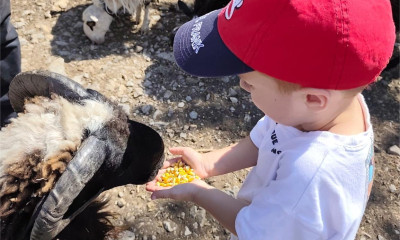
Family Activities to do in Rethymno
Rethymno, located on the island of Crete, is an ideal destination for a family vacation thanks to its rich culture, magnificent landscapes and ...

Nature Exploration in Crete
Crete, the largest island in Greece, is a real paradise for nature and adventure lovers. With its majestic mountains, spectacular gorges, idyllic ...


